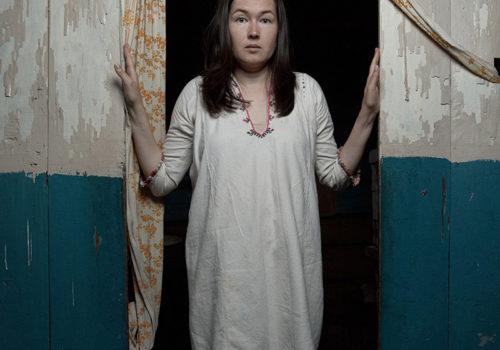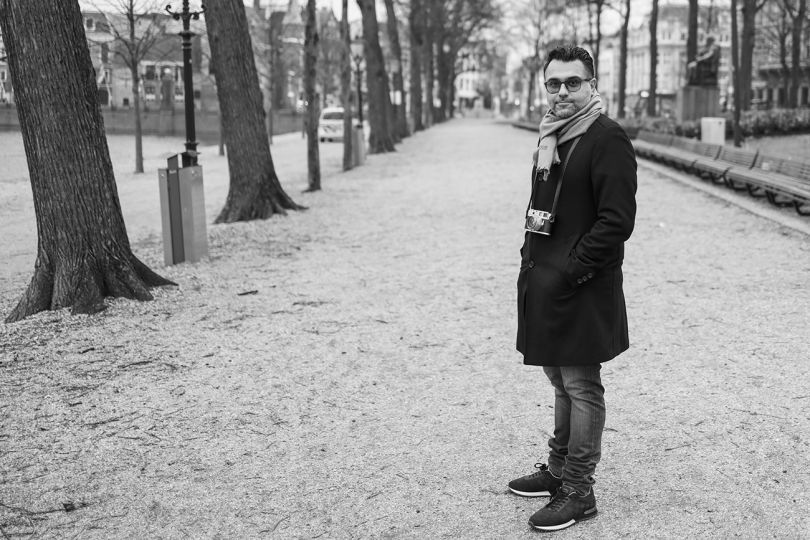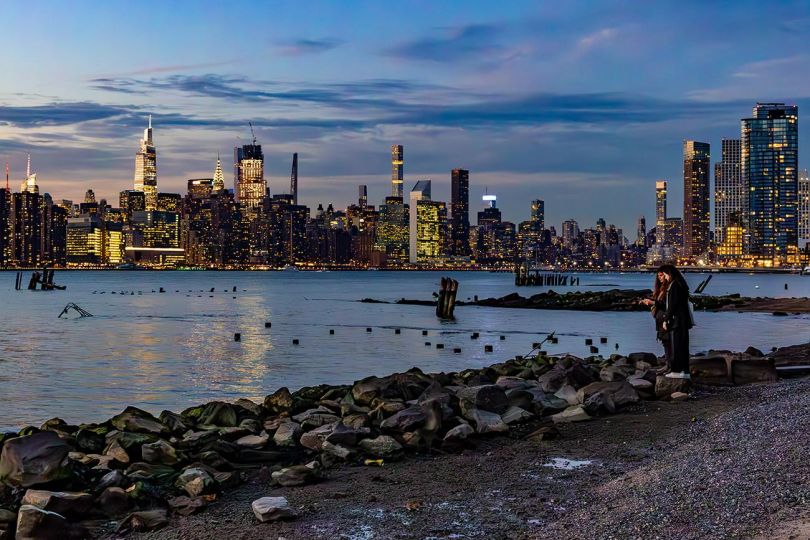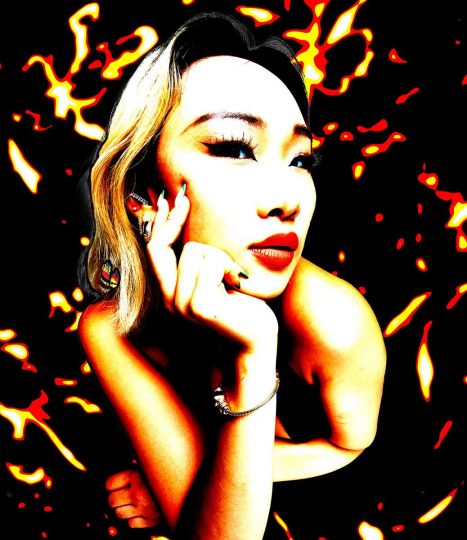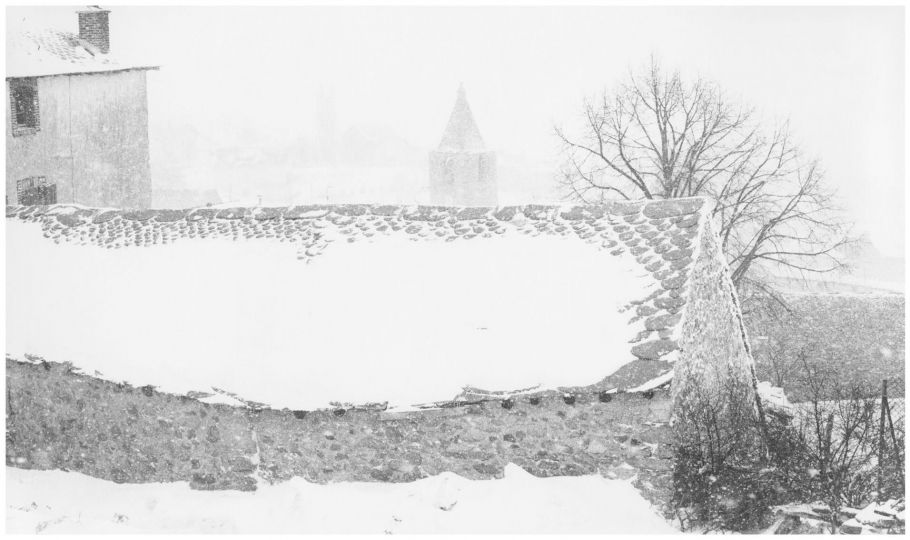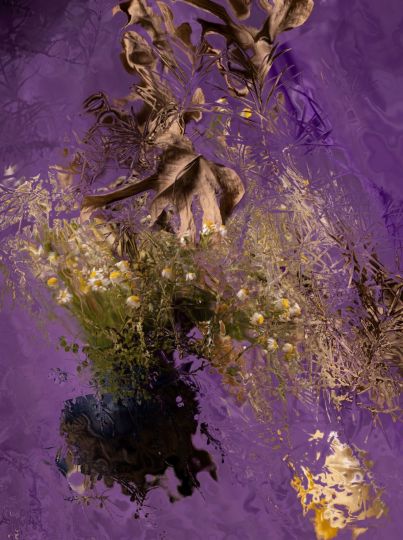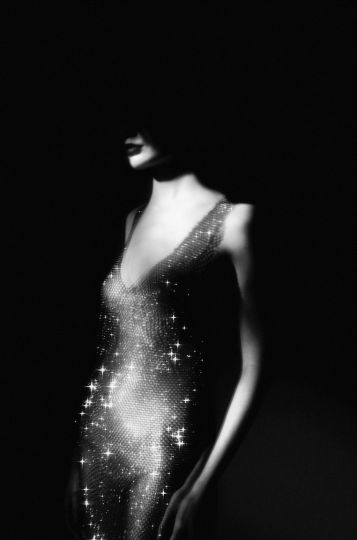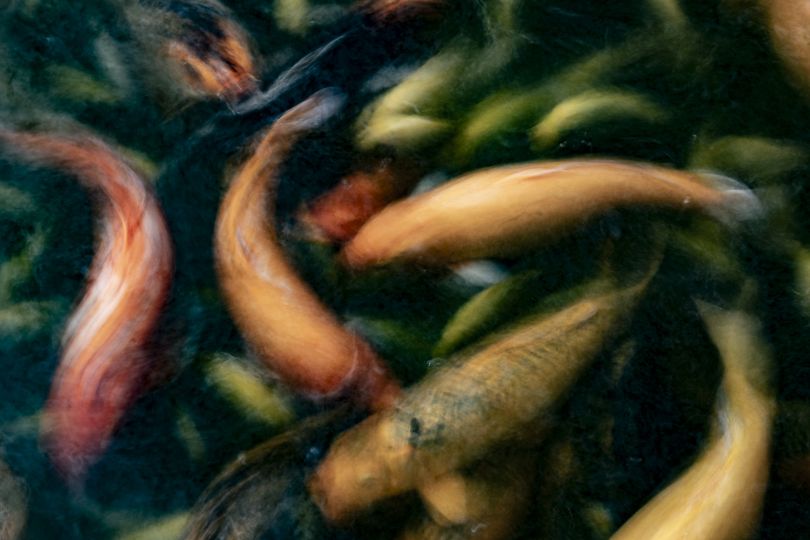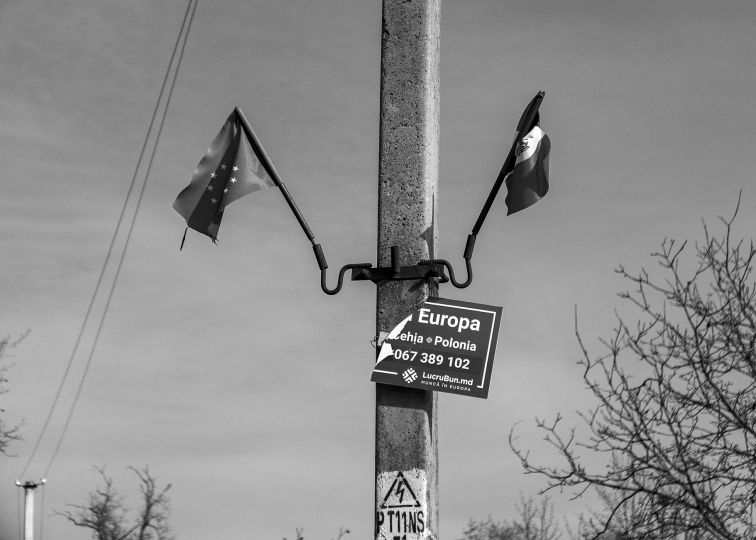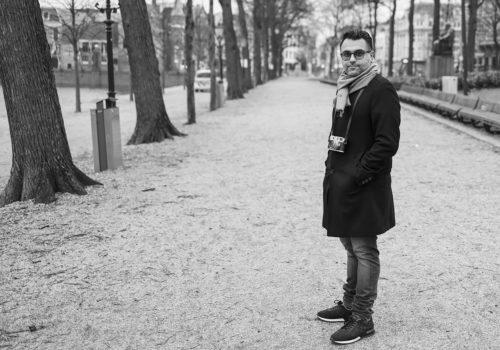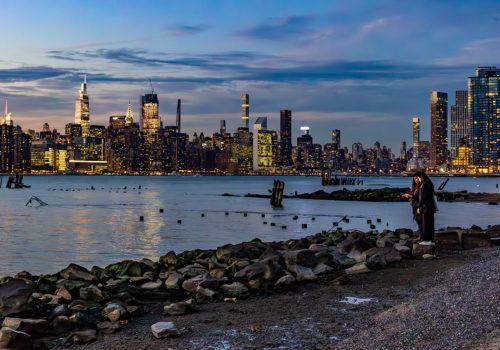”Ӱдыр” (daughter – in Mari language).
My project is about the loss of connection with the culture and language of the Mari people. I was born in Yoshkar-Ola in the Republic of Mari El. My nationality is Mari. When I was 14 years old in the census I listed myself as Russian. At the age of 25 I changed my place of residence, moving to St. Petersburg.
My parents were born in the 60s in small villages in the Republic of Mari El. At that time there was a division into Mari and Russian: villages and schools. In spite of the fact that they were of Mari nationality, by the will of fate they both graduated from schools without studying the national language and culture.

